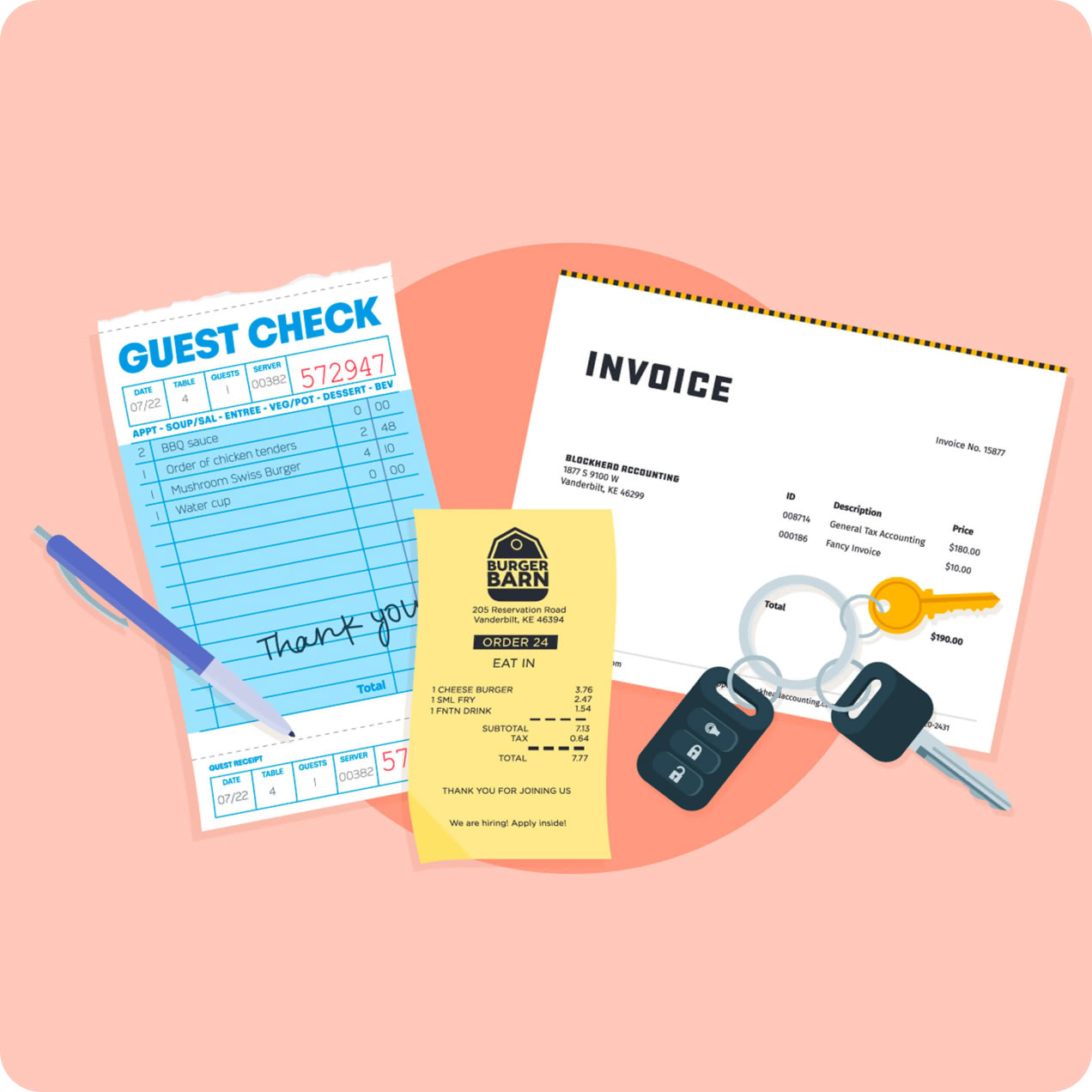
Here's how Advanced Budgeting aligns with curriculum standards in Connecticut. Use the filters to change the location, set of standards, and grade level.
Financial Literacy Standards
9.1: Earning Income
12.6: Federal, state, and local taxes fund government-provided goods, services, and transfer payments to individuals. The major types of taxes are income taxes, payroll taxes, property taxes, and sales taxes.
12.7: The type and amount of taxes people pay depend on their sources of income, amount of income, and amount and type of spending.
12.9: Tax deductions and credits reduce income tax liability.
12.10: Retirement income typically comes from some combination of continued employment earnings, Social Security, employer sponsored retirement plans, and personal investments.
9.2: Spending
12.1: A budget helps people achieve their financial goals by allocating income to necessary and desired spending, saving, and philanthropy.
12.3: When purchasing a good that is expected to be used for a long time, consumers consider the product's durability, maintenance costs, and various product features.
12.6: Housing decisions depend on individual preferences, circumstances, and costs, and can impact personal satisfaction and financial well-being.
12.9: Having an organized system for keeping track of spending, saving, and investing makes it easier to make financial decisions.
9.4: Managing Credit
12.1: Borrowers can compare the cost of credit using the Annual Percentage Rate (APR) and other terms in the loan or credit card contract.
12.2: Loans that are secured by collateral have lower interest rates than unsecured loans because they are less risky to lenders.
12.3: Monthly mortgage payments vary depending on the amount borrowed, the repayment period, and the interest rate, which can be fixed or adjustable.
12.6: Down payments reduce the amount needed to borrow.
12.7: Lenders assess creditworthiness of potential borrowers by consulting credit reports compiled by credit bureaus.
12.8: A credit score is a numeric rating that assesses a person's credit risk based on information in their credit report.
12.9: Credit reports and credit scores may be requested and used by entities other than lenders.
12.10: Borrowers who face negative consequences because they are unable to repay their debts may be able to seek debt management assistance.
9.5: Managing Risk
12.3: Some types of insurance coverage are mandatory.
12.4: Insurance premiums are lower for people who take actions to reduce the likelihood and/or financial cost of losses and for those who buy policies with larger deductibles or copayments.
12.7: Auto, homeowner's and renter's insurance reimburse policyholders for financial losses to their covered property and the costs of legal liability for their damages to other people or property.
12.11: Online transactions and failure to safeguard personal documents can make consumers vulnerable to privacy infringement, identity theft, and fraud.